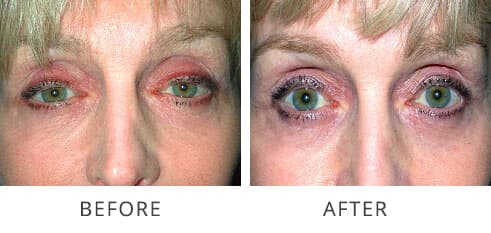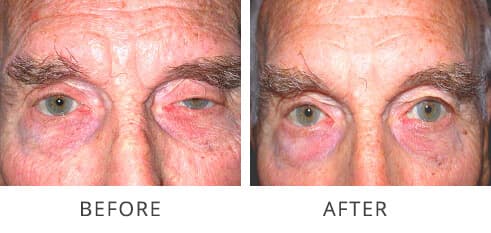Our West Hills office is proud to serve the Greater Los Angeles Area
Dr. Massry is known as the super-specialist who treats and cares for patients who require reconstructive surgery as a result of trauma or disfiguration to the eye area, from accidents, hyper-sagging, malformation from aging, or a variety of other reasons. A large percentage of Dr. Massry’s work is reconstructive.
Ptosis Reconstructive
Ptosis (pronounced “toe-sis”) is a condition in which the upper eyelid droops. This should not be confused with extra skin, fat or muscle to the eyelid, which is typically addressed with blepharoplasty surgery. In Ptosis, the upper eyelid margin (where the eyelashes are) falls to – or covers – the pupil when the eye is open.
This leads to visual obstruction. When Ptosis can be shown to reduce vision (peripheral vision), its correction is covered by most insurance plans. Proving visual deficit requires photo documentation and specialized testing (visual field testing), which can be performed in the office. If the degree of Ptosis is not as severe (does not affect vision), it is considered elective surgery and can be corrected as a cosmetic procedure.

Ptosis can be caused by congenital or acquired defects in the muscle (or it’s tendon), which lifts the eyelid. It is also associated with growths, which weigh the eyelid down, or neurological disease. The most common reason Ptosis occurs is simply weakening of the muscle (or it’s tendon), which occurs with age.

Ptosis correction is a minor surgical procedure, involving tightening of the muscle that lifts the eyelid. This can be performed through the eyelid skin or from the inside of the eyelid. The surgical approach taken depends on specific findings and testing performed during the preoperative evaluation. Incisions for Ptosis repair are typically on the inside of the eyelid and are not visible, once stitches are removed and the full course of healing has taken place.
Ectropion or Entropion Repair
Ectropion is an eyelid defect in which the eyelid margin (where the lashes are) turns out – either on the upper or lower eyelid. This leads to a variety of symptoms including ocular (eyeball) irritation, red-eye, pain, infections, and tearing. It can be present at birth or acquired after trauma, cancers, other growths, inflammation, or can occur with age (most common). Surgical correction is usually straightforward and quick. In rare instances, surgery can be more involved.
Entropion
As opposed to ectropion, in entropion, the eyelid margin turns in. This causes the eyelashes to rub on the eye itself, leading to similar symptoms as ectropion (red eye, pain, infections and tearing). In this case, however, symptoms are typically more severe and disabling. The causes of entropion are similar to those of ectropion, and surgical correction is also usually minimally invasive.
Incisions for Ectropion and Entropion repairs typically follow the eyelid margin(the eyelashes) and are not normally visible to the naked eye after the patient has undergone the complete course of healing/recovery.
Canthoplasty
A canthoplasty is a surgical procedure designed to change the architecture and/or appearance of the corners of the eyes (where the upper and lower eyelids meet) and is typically performed to address eyelid laxity (looseness).
A canthoplasty is commonly performed in conjunction with other eyelid surgery, to aid in stabilizing a normal position of the eyelids.
Anophthalmia
Anophthalmia means no eye. It is a condition that can be congenital (born without an eye) or acquired (surgical removal of an eye resulting from trauma, cancer, etc.). Lack of an eye creates not only an abnormal appearance but can also lead to abnormal function of the eyelids and socket.
Correcting the eyelid and socket deficiencies associated with anophthalmia is extremely specialized work. Dr. Massry sees many patients with this condition and has developed specific expertise in this area of reconstructive surgery.
Thyroid related eyelid and socket disease
Patients with thyroid abnormalities often manifest eyelid and orbital (the bony cavity which house the eyes) disease. Often the upper and lower lids retract (see above) and the eyes become prominent. There are a wide variety of medical and surgical treatment options available to patients with this condition. After a thorough evaluation, Dr. Massry can best assess which mode of therapy is best suited for each patient.
Eyelid Cancer Surgery
Cancer of the eyelids and surrounding areas are not uncommon. The excision of the tumor is typically uncomplicated. Conversely, reconstruction of the surgical defect can be extremely challenging.
The importance of specialized training in reconstructive surgery cannot be underscored, and a poor result can lead not only to poor cosmesis but also pain, discomfort, infection, and loss of vision.



